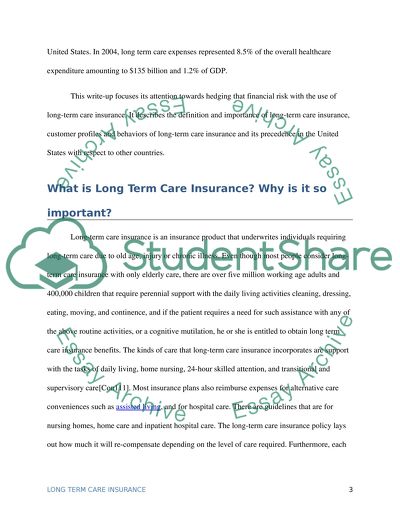Cite this document
(“Long Term Care Insurance Essay Example | Topics and Well Written Essays - 2250 words”, n.d.)
Long Term Care Insurance Essay Example | Topics and Well Written Essays - 2250 words. Retrieved from https://studentshare.org/health-sciences-medicine/1578245-long-term-care-insurance
Long Term Care Insurance Essay Example | Topics and Well Written Essays - 2250 words. Retrieved from https://studentshare.org/health-sciences-medicine/1578245-long-term-care-insurance
(Long Term Care Insurance Essay Example | Topics and Well Written Essays - 2250 Words)
Long Term Care Insurance Essay Example | Topics and Well Written Essays - 2250 Words. https://studentshare.org/health-sciences-medicine/1578245-long-term-care-insurance.
Long Term Care Insurance Essay Example | Topics and Well Written Essays - 2250 Words. https://studentshare.org/health-sciences-medicine/1578245-long-term-care-insurance.
“Long Term Care Insurance Essay Example | Topics and Well Written Essays - 2250 Words”, n.d. https://studentshare.org/health-sciences-medicine/1578245-long-term-care-insurance.


